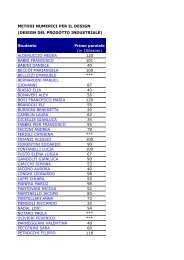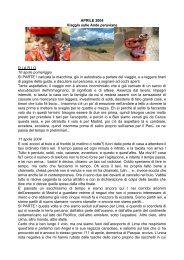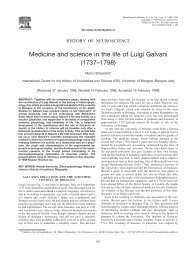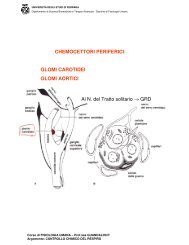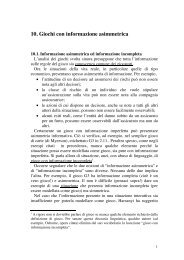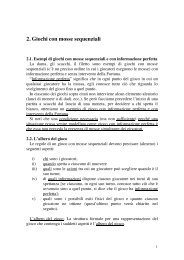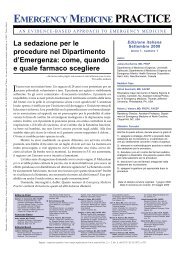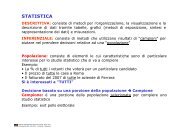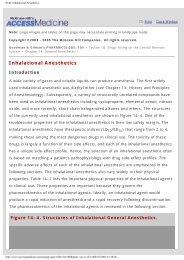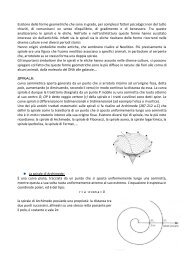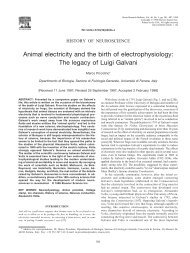Implicit-Explicit Runge-Kutta schemes for hyperbolic systems ... - utenti
Implicit-Explicit Runge-Kutta schemes for hyperbolic systems ... - utenti
Implicit-Explicit Runge-Kutta schemes for hyperbolic systems ... - utenti
You also want an ePaper? Increase the reach of your titles
YUMPU automatically turns print PDFs into web optimized ePapers that Google loves.
Stability analysis<br />
When studying the A-stability of a RK scheme, one considers a scalar equation of the<br />
<strong>for</strong>m<br />
y ′ = λy, y(0) = 1<br />
with y : R + → R, and λ ∈ R, ℜλ ≤ 0. Such test problem is sufficient to characterize the<br />
stability property of a <strong>Runge</strong>-<strong>Kutta</strong> scheme when applied to a linear system of the <strong>for</strong>m<br />
with y ∈ R m , and B ∈ R m×m .<br />
y ′ = By, y(0) = y0<br />
In the case of IMEX-RK, and in general <strong>for</strong> additive <strong>Runge</strong>-<strong>Kutta</strong> methods, such a stability<br />
analysis has a limited validity. In fact, consider a generic linear system of the <strong>for</strong>m<br />
y ′ = B1 y + B2 y<br />
with y ∈ R m , and B1, B2 ∈ R m×m , and apply an IMEX scheme which is explicit in B1y and<br />
implicit in B2y. The stability of the numerical solution depends on the two matrices B1<br />
and B2, and not only on their eigenvalues since in general the two matrices do not share<br />
the same eigenvectors, and there<strong>for</strong>e they can not be diagonalized simultaneously.<br />
18



